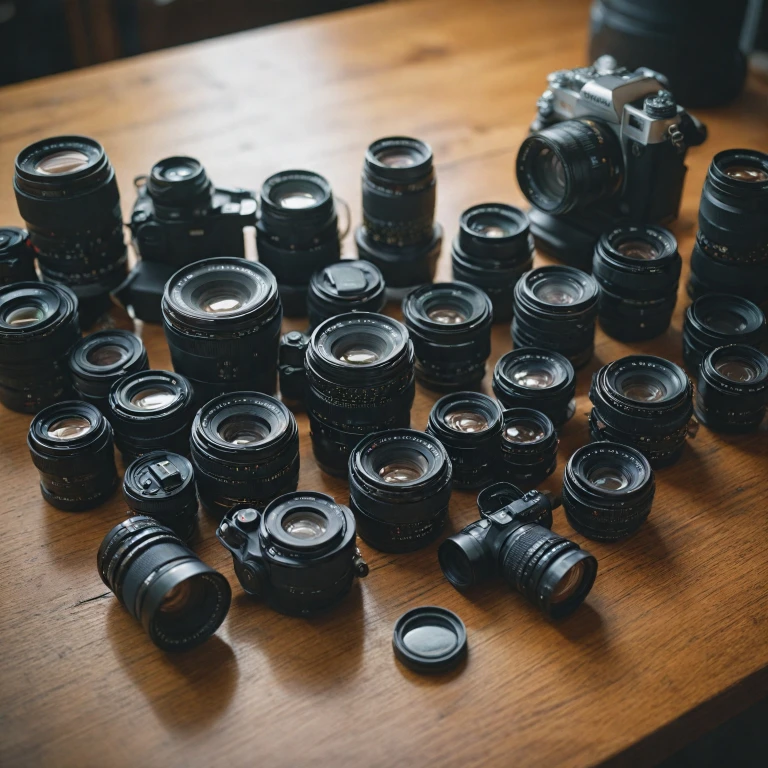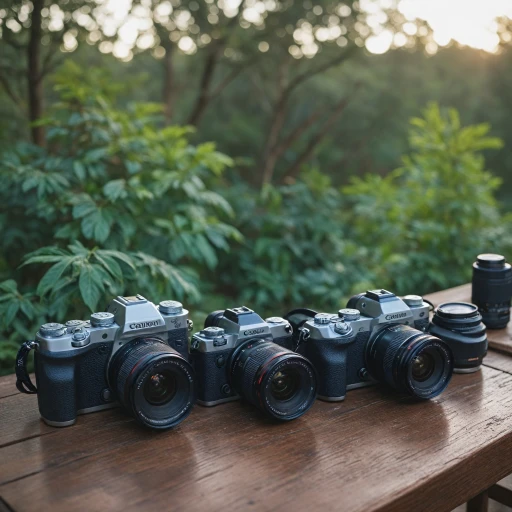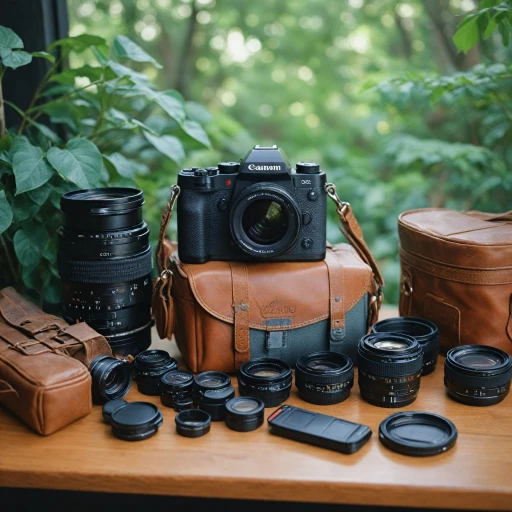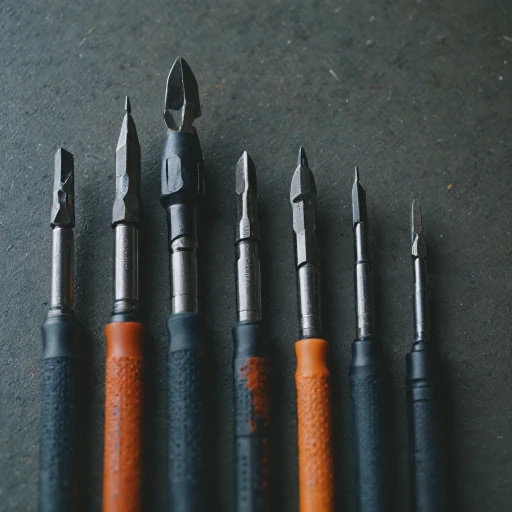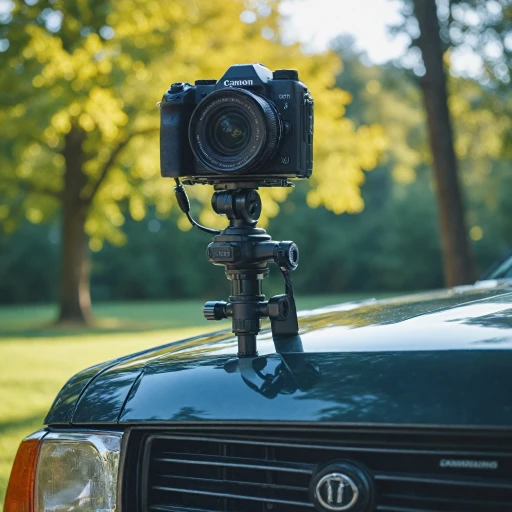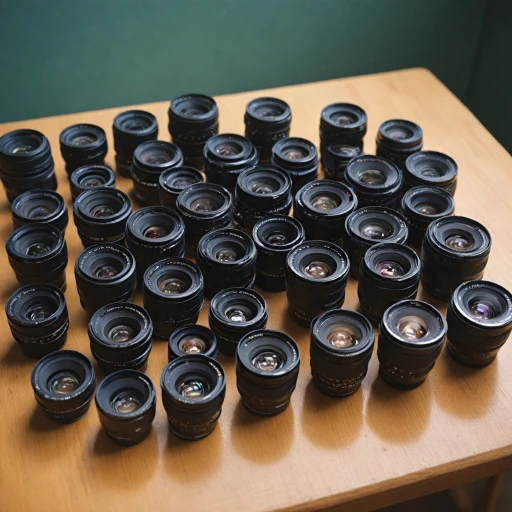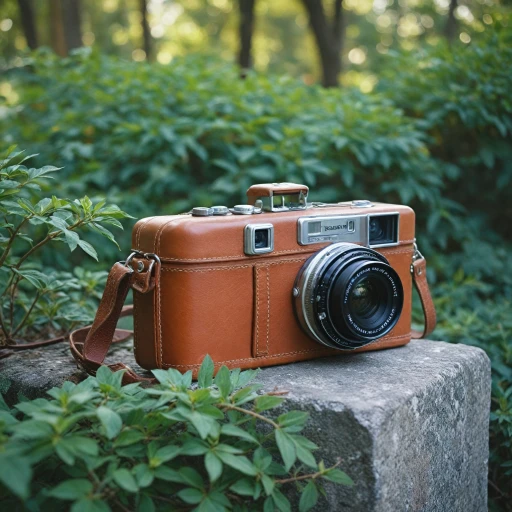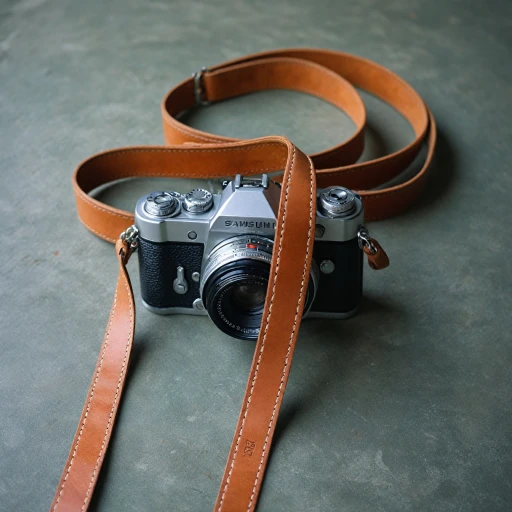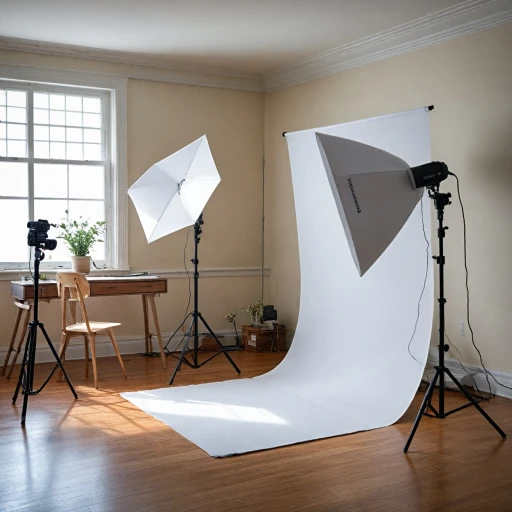
Understanding Leica R Lenses
The Legacy and Craftsmanship of Leica R Lenses
Leica R lenses are renowned for their exceptional craftsmanship and enduring legacy in the world of photography. These lenses, originally designed for Leica's R-series film cameras, have become a staple for photographers seeking high-quality optics and robust build. The Leica R series includes a variety of lenses such as the Summicron, Elmarit, and the APO-Telyt, each offering unique characteristics and focal lengths to suit different photographic needs.
One of the standout features of Leica R lenses is their superior image quality. The precision engineering and high-quality glass used in these lenses ensure sharpness, excellent color rendition, and minimal distortion. This makes them a popular choice among professionals and enthusiasts who prioritize image quality in their work.
In terms of build, Leica R lenses are known for their durability and reliability. The solid construction of these lenses means they can withstand the rigors of regular use, making them a long-term investment for any photographer. The attention to detail in the design and manufacturing process is evident in the smooth focus rings and robust lens mounts.
For those interested in integrating these lenses with modern digital cameras, understanding their compatibility and the use of adapters is crucial. This allows photographers to leverage the classic Leica quality on contemporary camera bodies, expanding the creative possibilities.
When considering purchasing Leica R lenses, it's important to evaluate their condition, especially if buying second-hand. Regular maintenance and proper care can significantly extend the lifespan of these lenses, ensuring they continue to deliver outstanding performance for years to come.
For photographers looking to explore the versatility of Leica R lenses, understanding their unique features and how they compare to other brands can provide valuable insights. Whether you're capturing wide-angle landscapes or intimate portraits, these lenses offer a range of creative applications that can enhance your photographic endeavors.
For more insights on how to protect your valuable equipment, consider choosing the perfect camera bag to ensure your Leica R lenses are well-protected during your photographic journeys.
Compatibility with Modern Digital Cameras
Compatibility with Modern Equipment
Navigating the realm of compatibility, Leica R lenses have secured a reputation for their adaptability with modern digital cameras. Traditionally crafted for film cameras, these lenses continue to maintain their allure among photographers who seek that classic Leica image quality in a digital format.- Adapter Usage: One method of achieving this compatibility is through the use of adapters. These devices allow you to mount your Leica R lenses onto various modern camera bodies seamlessly. Popular mounts can include Canon or other digital platforms.
- Format Considerations: The Leica R lenses, from the Elmarit to the Summicron range, can be used across full-frame, APS-C, or even Micro Four Thirds sensors with the right adapter. This flexibility provides the opportunity to employ these lenses for a range of imaging needs, from wide-angle shots to macro photography, maintaining consistent focus and quality.
- Technical Intricacies: While transitioning these lenses for a digital use, it is essential to note the differences in focal length and crop factor, which can influence the final images. For instance, a 50mm Leica lens could portray differently when used on digital cams, shifting the lens’s perceived focal length in relation to the camera’s sensor size.
Image Quality and Performance
Evaluating the Image Quality of Leica R Lenses
When it comes to image quality, Leica R lenses are often celebrated for their exceptional performance. These lenses, including popular models like the Leica Summicron and Leica Elmarit, are renowned for their sharpness, color rendition, and contrast. Whether you're using a Leica mount or adapting these lenses to other camera systems, the results are consistently impressive.
Leica lenses are crafted with precision, ensuring that each element contributes to the overall image quality. The use of high-quality glass and meticulous engineering results in lenses that deliver outstanding clarity and detail. This is particularly evident in the Leica APO series, which is designed to minimize chromatic aberrations and deliver superior optical performance.
Performance Across Different Focal Lengths
Leica R lenses offer a range of focal lengths, from wide-angle options like the Leica Vario Elmar to telephoto lenses such as the Leica APO Telyt. Each lens is optimized for its specific focal length, providing photographers with the flexibility to capture a variety of scenes with exceptional quality. The Leica Macro Elmarit, for example, is ideal for close-up photography, offering excellent detail and sharpness.
When comparing Leica R lenses to other brands, many photographers find that the image quality is consistently superior. This is due in part to Leica's commitment to quality and the rigorous testing each lens undergoes before it reaches the market. While other brands may offer lenses with similar specifications, the attention to detail in Leica's manufacturing process often sets their lenses apart.
Adapting Leica R Lenses to Modern Cameras
One of the advantages of Leica R lenses is their adaptability to modern digital cameras. With the right adapter, these lenses can be mounted on a variety of camera systems, including Canon and other popular brands. This compatibility allows photographers to enjoy the legendary image quality of Leica lenses on their preferred digital platform. For more information on adapting lenses, you might find this exploration of lens adapters useful.
In conclusion, the image quality and performance of Leica R lenses make them a valuable addition to any photographer's toolkit. Whether you're shooting landscapes, portraits, or macro photography, these lenses deliver exceptional results that are hard to match.
Comparing Leica R Lenses to Other Brands
Comparative Standpoints: How Leica R Lenses Measure Up
When discussing the performance and quality of Leica R lenses, it's essential to compare them to other leading brands. Leica has long been a reputable name in the industry, known for manufacturing lenses that offer unparalleled optical clarity and sharpness. Leica lenses, especially variants like the Summicron and Elmarit, are renowned for their superb construction and optical performance. They often outshine many other brands in terms of image quality, producing richly detailed photographs that maintain clarity even at wide apertures. This is especially beneficial when using them as a focal lens on modern digital cameras, regardless of the format. Many photographers who value featuring color fidelity within their work find that Leica lenses deliver consistently vibrant and true-to-life images, thanks to their advanced lens coating and optical design. When compared to brands like Canon or Nikon, which also provide high-quality lenses, Leica stands out with its reputation for producing more natural color renditions. In terms of build quality, Leica R lenses are robustly constructed, ensuring durability and longevity. This is a crucial factor, especially for professional photographers or hobbyists who frequently use their lenses for months without compromise. The combination of metal construction and precise engineering means they can withstand the rigors of regular use better than some competitors’ lenses. However, this elite performance and build quality come at a premium price. Leica lenses are often considered a worthwhile investment for those prioritizing top-notch image quality and lens longevity. Enthusiasts or professionals who shoot in various environments, from portrait shoots to wide-angle landscape captures, might find Leica's offering, including Vario-Elmar and Apo-Telyt lens lines, particularly appealing. While Leica does stand out in these areas, it's important to recognize that other brands can offer good performance for specific needs at different price points. Ultimately, the decision might depend on individual priorities, whether it's the best image quality, economical value, or a balance of both. For those interested in adapting these lenses to modern cameras, it's prudent to consider Leica mount options and suitable adapters to ensure compatibility and optimal performance across different camera systems.Tips for Buying and Maintaining Leica R Lenses
Smart Tips for Acquiring and Preserving Leica R Lenses
Investing in Leica R lenses can be both an exciting and worthwhile endeavor for photography enthusiasts who value precision and quality. To ensure you select the best lens and maintain it effectively over time, consider the following tips:- Thorough Research: Before diving into the world of Leica lenses, conduct comprehensive research to understand different models such as the Leica Summicron, Elmarit, and APO series. Familiarize yourself with their unique qualities, such as varied focal lengths and mounts, which will guide you in making an informed choice.
- Compatibility Check: Verify that the Leica lens you're interested in is compatible with your camera. Since these lenses feature distinct mounts, an adapter might be required if you're using a modern camera, like Canon, with Leica R lenses. Ensure the adapter is high quality to maintain optimal image focus and quality.
- Condition Assessment: When buying used lenses, carefully assess their condition. Check for scratches, dust, or fungus on the lens surfaces as these can impact image quality. Purchasing from reputable dealers or sources helps mitigate risks associated with second-hand lenses.
- Routine Maintenance: Regularly clean your lenses using recommended cleaning kits to prevent dust and grime buildup that can damage quality over time. Storing lenses in a dry, cool place away from moisture also extends their longevity.
- Reputable Servicing: For complex repairs or maintenance tasks, seek services from specialists familiar with Leica technology to ensure professional handling and preserve the lens' integrity.
